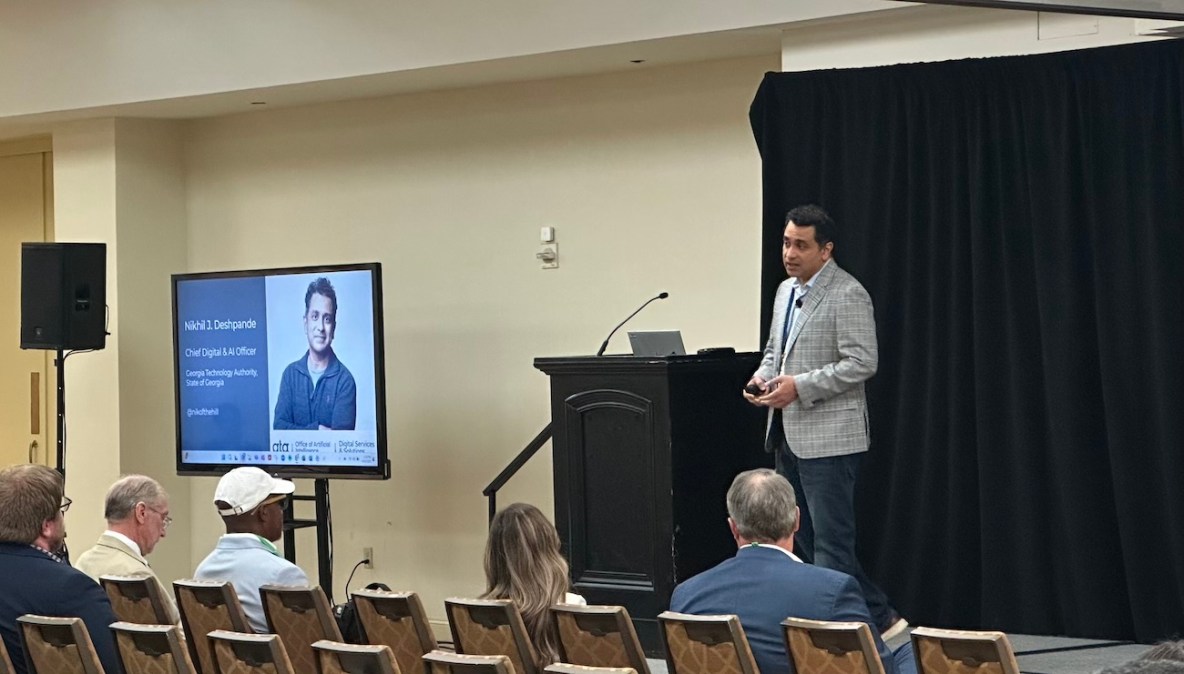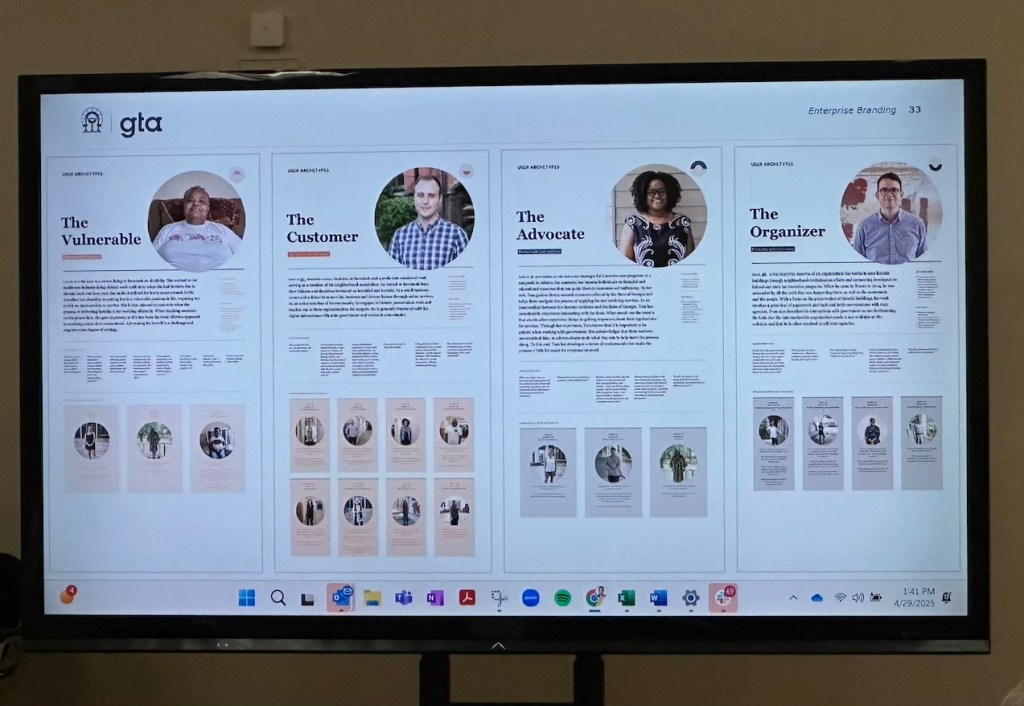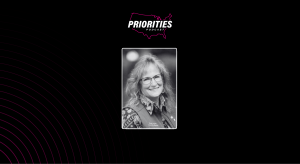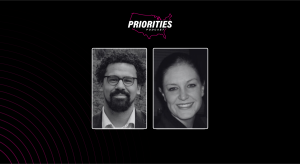Actionable data can help governments ‘listen’ to citizens, says Georgia’s AI chief

To improve citizen services, data-driven decisions are integral, Nikhil Deshpande, Georgia’s chief digital and AI officer, said during a technology conference on Tuesday. But even more importantly, that data has to be actionable, he said, as it allows governments to truly “listen” to citizens and match the private sector’s customer-centric standards.
“Every time, every service we deliver, we are having a conversation with our constituents. We are having a conversation, a transaction, with our customers. And data is really how we learn, how we listen,” Deshpande said during a presentation Tuesday at the National Association of State Chief Information Officers’ midyear conference in Philadelphia.
The need for data-driven decisions is, he said, driven by the need to improve citizen services, as well as government’s interest in making these improvements. He referenced the findings of NASCIO’s 2024 state CIO survey, which found that, along with generative AI, digital services and workforce, many states were interested in improving their enterprise architecture.
A key part of improving a state’s organization and mission, Deshpande said, is using data to shift away from focusing on just technology to championing service-oriented approaches and citizen-centric experiences. He cited Apple’s influence on user experience and how its approach to focusing on customers has led to changes across the public sector.
“I think [Apple] just made a complete change paradigm across boardrooms, where people started thinking like, how would Apple handle this? And back in the 80s and 90s, when customer-oriented user experience was not even a thing, that’s when they were thinking about that. They were not driving with technology — they were thinking about the user,” Deshpande said.
To accomplish this change within governments, Deshpande pointed at importance of understanding how data can be used to perform different types of analytics: descriptive, diagnostic, predictive and prescriptive. The data that allows states to perform these analytics can also be used in enhancing government services, and ensuring they meet or exceed the private sector standards, he said.
“A lot of times, when I’m at NASCIO, I speak with industry partners, and they keep saying, like, ‘Oh, Georgia is really leading in this, leading in that, amongst other states.’ And I always say, like, I’m not competing against other states. I’m competing against the private sector. Because Georgians don’t use any other state services. They use Georgia services, and they use Amazon, they use something else, and that’s who they compare us,” he said.

One way states can use data and analytics to make decisions, he said, is to build user “personas,” which are profiles built with data from the customer experience that accurately reflect the behaviors and needs of the target audience. But more importantly, Deshpande said, personas can help governments better understand the people that the services are being designed for. Each persona has unique goals for using the government service, unique behaviors and unique pain points.
From the user persona, Deshpande said then governments can also build user journey maps and service blueprints that shows both what the citizen sees when they’re interacting with a service — such as filing for unemployment or renewing a driver’s license — as well what is happening “behind the scenes” within a government agency. Deshpande said while it is similar to a user journey, the blueprint includes the time it takes a resident to complete the task or get the service, along with the visibility of the agency throughout the process through “touchpoints.”
Creating these maps and better understanding where internal processes can be improved, Deshpande said, can help governments understand their “why.”
“There is really nothing more important than, like, the why of why you’re doing this,” he said. “These are nothing but tools and strategies, but your goals need to be like, ‘What is my real goal? What’s my intended outcome?’ Align the service, then align data collection with your business outcomes.”






